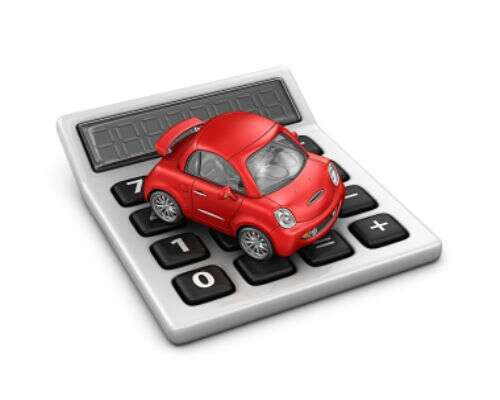
Availing a car loan has become an extremely easy affair in India with financiers going overboard to woo customers into their fold. It is for the customer to decide the amount and type of car loan that is most suitable for his requirements. One of the most important factors that influence this decision is the Equated Monthly Installments that the customer will have to pay towards servicing of the car loan. The capacity to pay EMIs will also determine the type of car that one can look forward to buying.
Understanding EMIs
EMI is basically the monthly payment that one makes towards repayment of the loan. The EMI is calculated on the basis of the loan amount and the tenure of repayment. The amount thus is directly proportional to the amount and inversely proportional to the period of repayment. By increasing the repayment tenure one pays lesser EMI but in long run the total amount repaid is more because the interest is charged for a longer duration. This may work easier for some people who are unable to pay a higher amount every month and therefore are ready to pay for a longer period. Typically the EMIs are paid through postdated cheques to bank at the time of availing the loan.
The EMI of a car loan comprises of 2 elements. They are the principal and interest amount tabulated so as to maintain the monthly repayment as a standard figure. The composition of the interest and the principal amount making of the EMI varies as the repayment of the loan progresses. Normally during the initial repayment period the interest element dominates the make up of the EMI and subsequently it reduces in proportion and the principal element increases. This implies that if one has to prepay the loan it is better to do so in the initial years of repayment when one has not paid too much of interest rather than towards the end of the tenure when a major chunk of principal is still outstanding and only interest has been paid up.
Typical EMIs for Car Loans
The EMI varies as per the amount, tenure and interest on the particular car loan that has been availed. Here is an illustrative chart that provides a fair idea regarding the EMI calculations for car loans in India.
For a loan amount of Rs. 200000/-
@12% @14%
| Tenure (Months) | EMI | Tenure (Months) | EMI |
| 12 | Rs. 17594/- | 12 | Rs. 17750/- |
| 24 | Rs. 9321/- | 24 | Rs. 9492/- |
| 36 | Rs. 6577/- | 36 | Rs. 6757/- |
| 48 | Rs. 5215/- | 48 | Rs. 5402/- |
| 60 | Rs. 4405/- | 60 | Rs. 4600/- |
| 72 | Rs. 3871/- | 72 | Rs. 4074/- |
For a Loan amount of Rs. 500,000/-:
@12% @14%
| Tenure (Months) | EMI | Tenure (Months) | EMI |
| 12 | Rs. 43985/- | 12 | Rs. 44376/- |
| 24 | Rs. 23304/- | 24 | Rs. 23730/- |
| 36 | Rs. 16443/- | 36 | Rs. 16892/- |
| 48 | Rs. 13037/- | 48 | Rs. 13506/- |
| 60 | Rs. 11012/- | 60 | Rs. 11500/- |
| 72 | Rs. 9678/- | 72 | Rs. 10184/- |
Depending on the necessity of a car in the house hold the customer has to decide whether the EMIs towards a car loan are justifiable and sustainable in the long run depending on the individual financial situation.